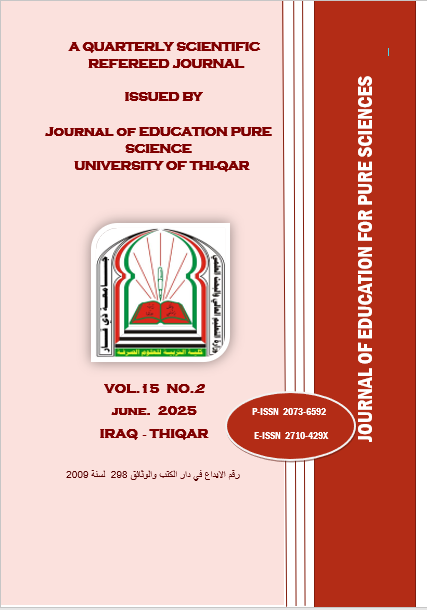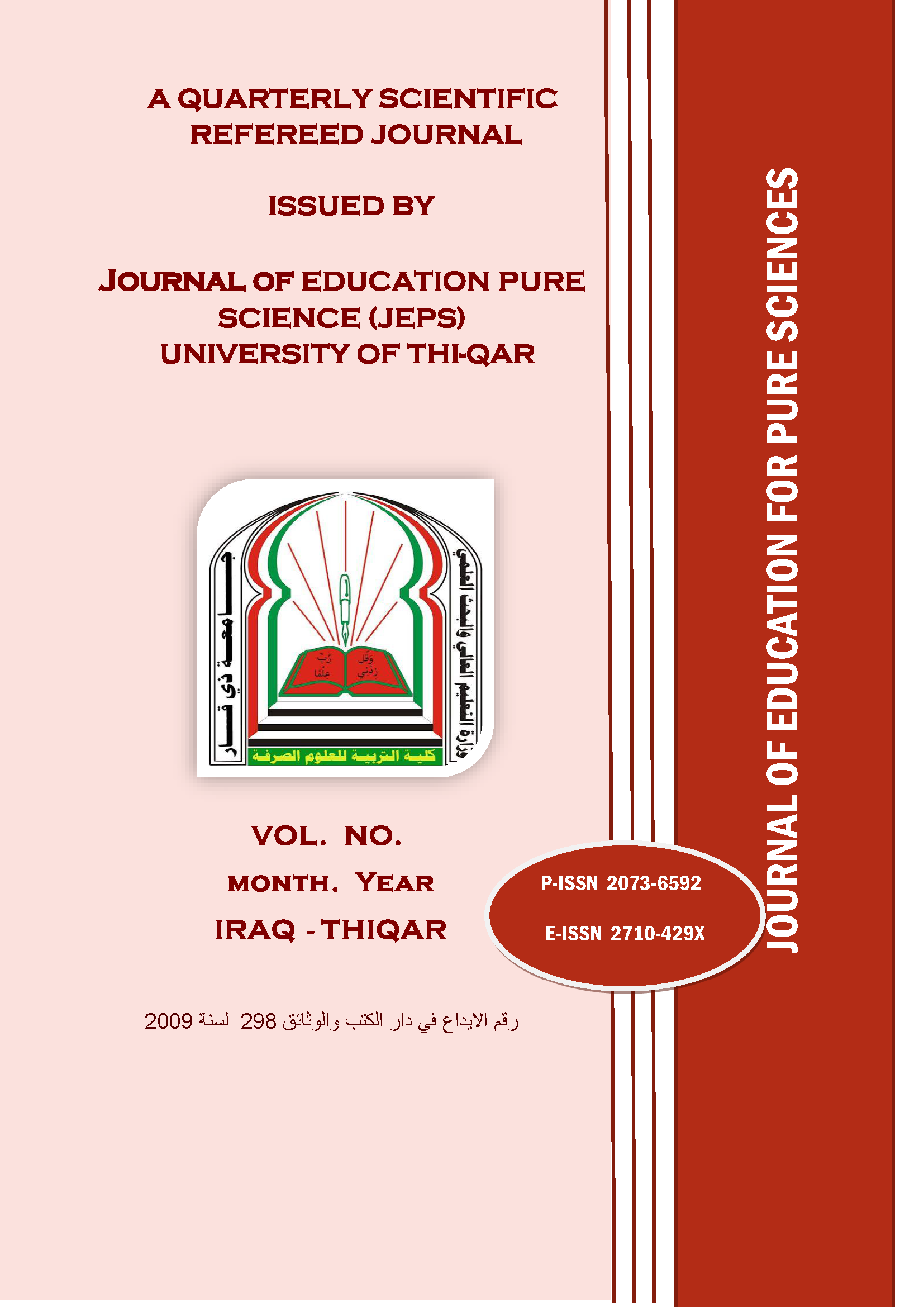Natural and Homotopy Techniques for Solving Fractional Differential Equations
DOI:
https://doi.org/10.32792/jeps.v15i2.648Abstract
This research employs the natural transformation approach combined with the homotopy (N) technique, a novel and compelling hybrid method that effectively merges the homotopy approach with natural transformation (N), using a streamlined iterative procedure that minimizes computational demands. This method yields fast, convergent, and sequential solutions. The reliability of the approach is confirmed by its application to two case studies of ST-TE within the context of the Atangana-Baleanu derivative, which involves the definition of non-singular kernel functions. The study further includes thorough comparisons between approximate and exact solutions, drawing from the relevant literature to assess the method’s accuracy and effectiveness. Graphical representations highlight the influence of incorrect temporal and spatial parameters on the solution’s behavior. The findings suggest that this method is straightforward to implement and well-suited for investigating complex physical models governed by nonlinear partial differential equations with fractional time components.
Downloads
Published
Issue
Section
License
Copyright (c) 2025 Journal of Education for Pure Science

This work is licensed under a Creative Commons Attribution-NonCommercial-NoDerivatives 4.0 International License.
The Authors understand that, the copyright of the articles shall be assigned to Journal of education for Pure Science (JEPS), University of Thi-Qar as publisher of the journal.
Copyright encompasses exclusive rights to reproduce and deliver the article in all form and media, including reprints, photographs, microfilms and any other similar reproductions, as well as translations. The reproduction of any part of this journal, its storage in databases and its transmission by any form or media, such as electronic, electrostatic and mechanical copies, photocopies, recordings, magnetic media, etc. , will be allowed only with a written permission from Journal of education for Pure Science (JEPS), University of Thi-Qar.
Journal of education for Pure Science (JEPS), University of Thi-Qar, the Editors and the Advisory International Editorial Board make every effort to ensure that no wrong or misleading data, opinions or statements be published in the journal. In any way, the contents of the articles and advertisements published in the Journal of education for Pure Science (JEPS), University of Thi-Qar are sole and exclusive responsibility of their respective authors and advertisers.





